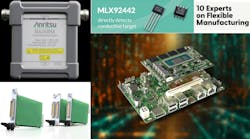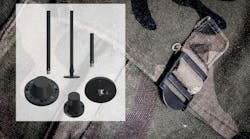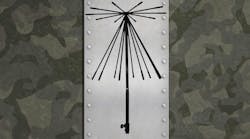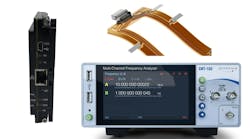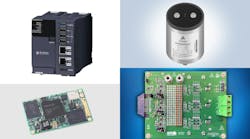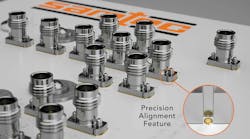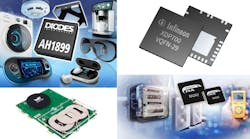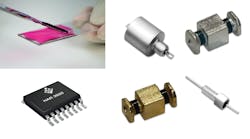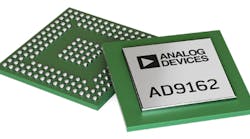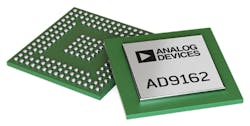Defense electronic systems rely on both analog and digital signals and components. And often, in the middle of those systems, highly integrated converters are used to ease the coexistence of analog and digital signals. In spite of the sophistication of their signal-processing chores, analog-to-digital converters (ADCs) and digital-to-analog converters (DACs) are often taken for granted.
But finding the best ADCs and DACs for an application requires some familiarity with how they work and how performance is described in terms of key parameters. Fortunately, these components are available from a wide range of vendors in many shapes and sizes to serve defense electronics systems, from secure communications systems to surveillance and radar platforms.
An ADC uses sampling to make instantaneous measurements of an analog input signal over its voltage range, converting those measurements into digital words with resolution equal to the converter’s number of bits. The sampling rate takes place at the frequency (or multiple of that frequency) of the clock oscillator used for timing the ADC. A DAC essentially does the opposite, converting digital input code into analog output signals.
The precision and stability of the clock oscillator are important factors in achieving accurate ADC and DAC performance. Both types of converters appear similar, as integrated circuits (ICs) typically supplied in miniature multipin housings (Fig. 1).
1. Analog-to-digital and digital to analog converters (ADCs and DACs) are complex ICs usually housed in multipin packages. (Courtesy of Analog Devices)
ADCs and DACs have a number of performance parameters in common that allow comparisons of different units, including frequency range/bandwidth, sampling rate, and bit resolution. How well each type of component performs the task for which it is designed depends on how well it maintains the accuracy and integrity of the signals it must process throughout the signal/data-conversion processes. In any system, that accuracy will also be impacted by associated components in the signal chain, such as amplifiers and filters on either side of the converter.
